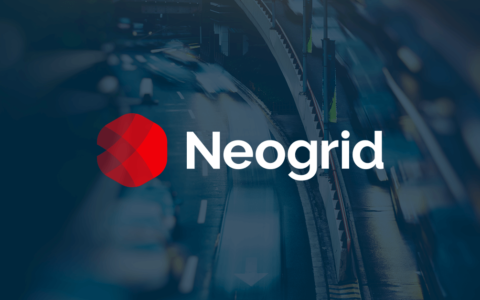
Managing inventory in retail goes well beyond understanding how many products are stored in the store. It goes through the challenge of measuring the availability of each product in an increasingly complex environment, where a single supplier (manufacturer) can have dozens of brands (organized by categories such as beauty, food, etc.). Not only that, there is still the need to manage input and output of an array of hundreds of products. Does it seem difficult? Multiply this challenge by the number of manufacturers that provide items to retailers. There is the headache to be solved.
Because inventory is not composed by a single type of product, variants (such as size, price, etc.) only hinder the process to get a more accurate x-ray of it. To help solving this issue, it is mandatory to monitor your business indicators, especially inventory turnover, which contributes directly to the planning strategy and supply chain replenishment, promoting competitiveness and improving retail performance.
The inventory turnover indicator shows how many times the product has left inventory to supply shelves. That is, a higher turnover demonstrates better sales performance of that particular item, as it was available at the right time and the right place to be bought by the end consumer.
The adoption of a specialized solution in the supply chain is essential to deal with the complexity that includes managing a huge volume of data (number of items and specifications) and their availability at the point of sale. From this tool, it is possible to provide more dynamism and intelligence to this process.
(Learn more about NeoGrid’s VMI Solutions and how we can help you optimize your order and logistics processes.)
Here are five advantages that retailers and manufacturers can get from accurate tracking of the inventory turnover indicator, combined with other strategic actions for planning and product replenishment on the shelf:
- Products don’t age on the shelf: having excess inventory can cause the loss of products due to their expiration dates, resulting in waste or even deterioration of the products, which leads to the need to return them to the manufacturer.
- Reduces the chances of customer churn: if the end consumer does not find the item on the shelf, he can go to another shopping mall (loss for retailer) or choose a similar item of another brand (impacting the manufacturer’s profit). Managing inventory efficiently promotes customer loyalty.
- Saves storage space: merchandise sitting on the shelves occupies the space that could meet other company needs. Moreover, in case of an accident, such as fire or theft at the storage space, a smaller number of stored items also results in a smaller loss.
- Reduces the chances of product shortage: analyzing the turnover indicator makes it possible to have a real picture on the sales of each item, acting quickly to replenish them.
- Reduces the need for promotions: excess inventory beyond demand may force retailers to give discounts on items to “get rid” of products, impacting profitability.
Considering the complexity, it is impossible to have thorough control without specialized technology in supply chain. Stay connected to the blog for more information on how a technological tool can contribute to face this challenge.
Download our retail supply chain collaboration white paper to learn the seven most important criteria in selecting a new supply chain platform.





